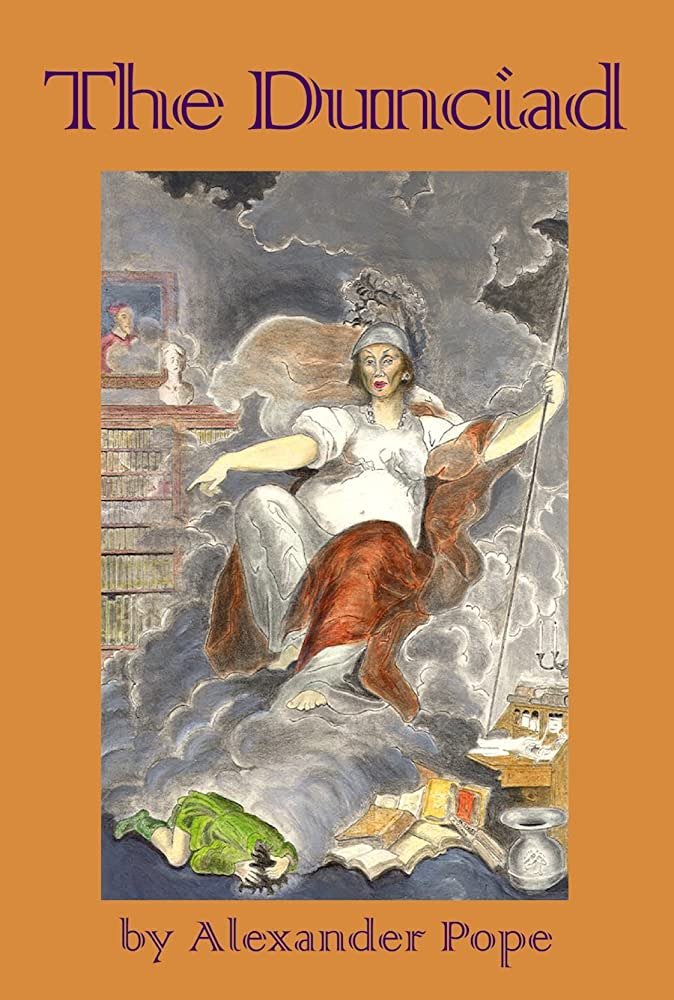My hypothesis:
Humans invented hats because we were envious of the marvelous headgear in the animal world.
Let's talk about antlers, horns, ossicones & pronghorns.
Humans invented hats because we were envious of the marvelous headgear in the animal world.
Let's talk about antlers, horns, ossicones & pronghorns.

#Antlers are shed & regrown every year, composed of bone that begins at a pedicle, base structure that remains after shedding. Antlers are extensions of the the skull.
Mechanism of growth similar to bone HEALING: cartilaginous tissue gives rise to bone coated in skin "velvet".
Mechanism of growth similar to bone HEALING: cartilaginous tissue gives rise to bone coated in skin "velvet".

Antlers usually only form on males, with one exception: female reindeer grow shortened antlers, which may be functional for snow clearing, or challenge between females over scarce food resources. 

The control of antler growth is evolutionary controlled, with phylogenetic parallels across species. In other words, the same genes work to control similar structures between say, a fallow deer and a moose. 

At the end of a season, a type of cell that maintains bone, an 'osteoclast', degrades the connection between antler and skull.
Blood supply has long since been severed, so the loss is generally bloodless.
Antlers require a lot of nutrient, so tell us about health of the animal.
Blood supply has long since been severed, so the loss is generally bloodless.
Antlers require a lot of nutrient, so tell us about health of the animal.

#Horn by contrast, is a bony extension of the skull that is covered in keratin, the same material in our fingernails.
They aren't typically shed: broken horns can be a serious injury because they're supplied by blood from a coronet structure at the base.
They aren't typically shed: broken horns can be a serious injury because they're supplied by blood from a coronet structure at the base.

Horns are typically found in both male & females. Although we might think of them as "shorter" than antlers, that's not universally true. 

Honorable mention is giraffid headgear: "ossicones", which are also bony extensions of the skull, but remain covered in skin throughout the animal's life.
These magnificent structures form in late gestation (so they're born with them) but don't fuse to skull until puberty.
These magnificent structures form in late gestation (so they're born with them) but don't fuse to skull until puberty.

The giraffe's cousin, the okapi, also have these ossicones, although a bit less iconic. It's not clear (to me) what function they serve. 

Lastly, the oddball: pronghorns.
Found in the only surviving member of Antilocapridae, a group of New World antelope-like animals (that are not antelopes!).
They're shed annually like antlers, but covered in keratin like horns.
Found in the only surviving member of Antilocapridae, a group of New World antelope-like animals (that are not antelopes!).
They're shed annually like antlers, but covered in keratin like horns.

The Pronghorn is more closely related to modern giraffes than to African/Eurasian antelope & represents at least 11 million years of evolution from a common ancestor.
There were once 11 other antilocaprid ("antelope goats") species in North America, but only Pronghorn remains.
There were once 11 other antilocaprid ("antelope goats") species in North America, but only Pronghorn remains.

Let's be honest. If we could grow a giant rack of antlers, we'd all be inundated by "antler enhancement pills".
If we could grow horns, they'd offer horn extensions to women, have an elaborate industry of horn accessories.
On the whole, I think we're better off with the hats.
If we could grow horns, they'd offer horn extensions to women, have an elaborate industry of horn accessories.
On the whole, I think we're better off with the hats.

• • •
Missing some Tweet in this thread? You can try to
force a refresh

 Read on Twitter
Read on Twitter





















